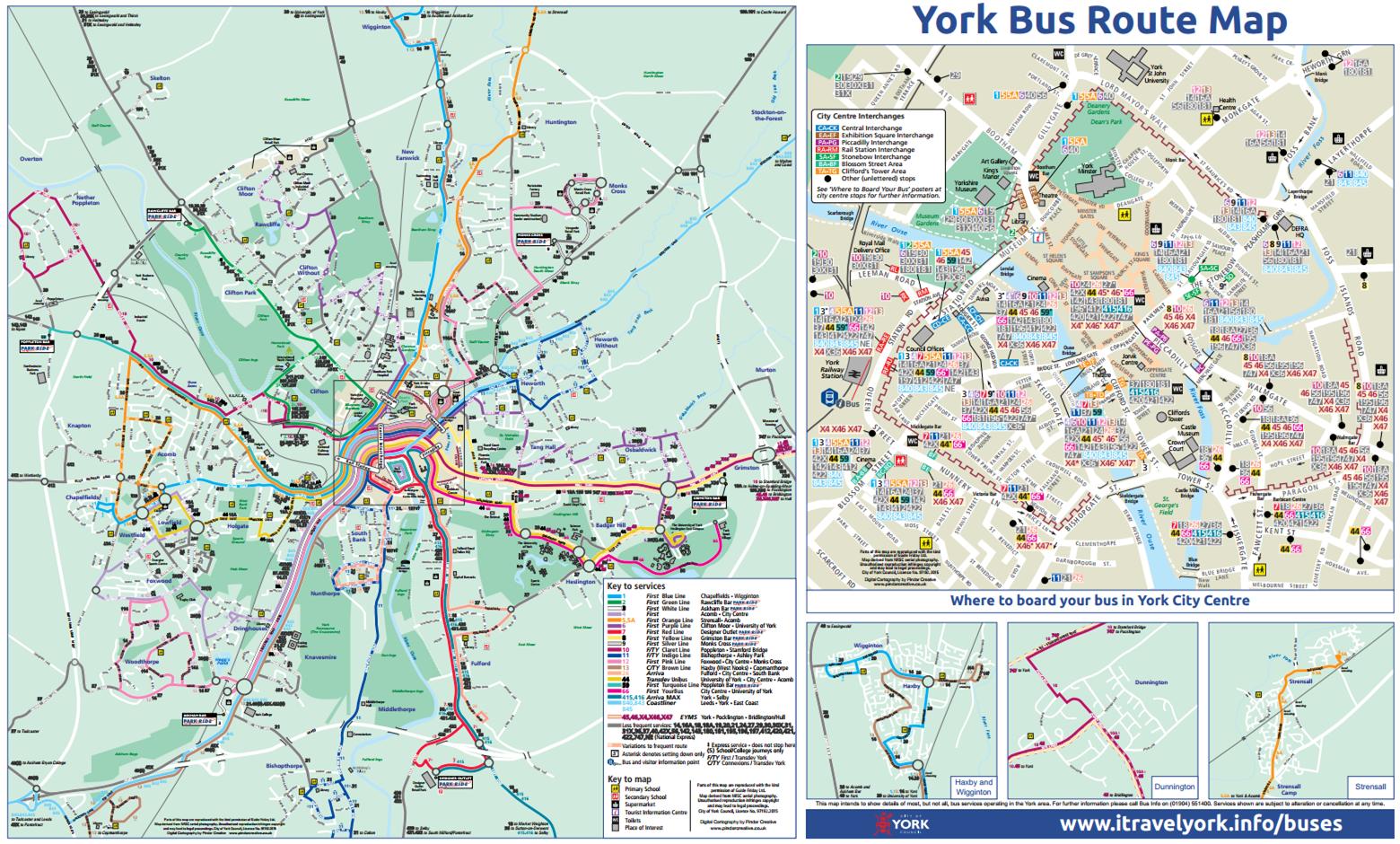
A six-year trend in air pollution reduction means that two of York’s three Air Quality Management Areas (AQMAs) could be withdrawn in the next two years.
Falling concentrations of the pollutant nitrogen dioxide (NO2), which is mainly from traffic, means that it is no longer having a health impact on people in those areas.
City of York Council’s annual air quality status report is being presented to the executive member for environment on 7 August for a decision-making session.
The report shows that the Salisbury Terrace AQMA has had nitrogen dioxide concentrations consistently below the level where it affects health for the last four years, so the AQMA for this area is recommended to be revoked.
The Fulford Road AQMA has been showing that, while average levels of pollutants are continuing to fall across the whole area, one location continues to show higher than permitted levels. Should another year of monitoring levels indicate a continued decline, that AQMA may be recommended to be reduced or revoked in 12 months time.
In the meantime, increased concentrations of NO2 monitored on Coppergate could mean that, depending on monitoring data submitted early in 2018, the boundary of the city centre AQMA boundary may need to be amended. However changes in traffic restrictions and buses on this route may be responsible for the change in concentrations.
York’s Low Emission Strategy continues to deliver the air quality improvement measures in York’s third Air Quality Action Plan including:
- 14% of York’s taxis have converted from diesel to ultra low emission electric hybrids since York’s unique taxi incentives and
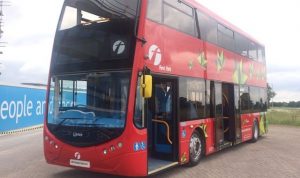
Electric buses have been introduced in York
- new taxi licensing policy specifying minimum emission standards for new or replacement taxis
- encouraging residents to walk, cycle and use public transport to beat congestion and pollution through the Local Transport Plan and i-Travel York
- introducing electric buses on two Park&Ride routes with a third to be delivered via the new Park & Ride contract
- retrofitting the world’s first electric double-decker sightseeing bus with plans to convert a further five diesel buses to full electric drive
- City of York Council has been awarded £816,000 from the Office of Low Emission Vehicles (OLEV) after becoming the only Yorkshire location out of eight in the country to achieve ‘Go Ultra Low’ city status. The money will be used to fund a city-wide network of charging hubs
- implementing a ‘pay as you go’ fast charge public electric vehicle recharging network in addition to 11 publicly accessible rapid chargers across the city. 1,500 charges – including those made by electric buses – are made each month and are rising on a monthly basis.
- Low Emission Planning guidance requires electric vehicle recharge infrastructure, Construction Environmental Management Plans (CEMPs), and emissions mitigation plans on new building developments.

Idle-Free Zone, Turn Engine Off Sign
We are also currently considering the following air quality improvement measures:
- reducing emissions from buses by developing a bespoke Clean Air Zone (CAZ).
- introducing anti-idling measures via signage and a new anti-idling enforcement policy.
Cllr Andrew Waller, executive member for the environment, said: “While our sustained work on combating air pollution has made a significant contribution to improving air quality in York, it’s important to recognise that much still needs to be done.
“Air pollution is associated with a number of adverse health impacts – especially in children and older people – including contributing to the onset of heart disease and cancer and we will continue to work with partners to further improve the air we all breathe in the city.”
The full report can be read at http://democracy.york.gov.uk/ieListDocuments.aspx?CId=870&MId=10031&Ver=4

Hyper electric vehicle charging points could be installed next year

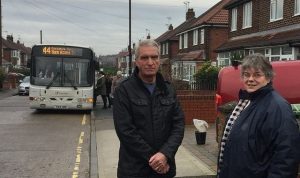
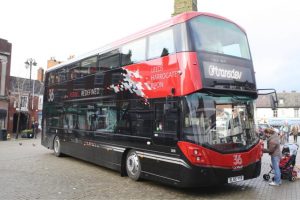 TransDev was experiencing capacity issues in the morning peak on its flagship 36 service between Ripon and Harrogate. It was as a result of a large number of young people travelling to school in Harrogate on the 36, creating overcrowding problems. Over a two-week period 70 parents said they would be willing to pay for their children to use a dedicated door-to-door service and committed to buying season tickets that not only include travel on this dedicated school bus, but the rest of the Harrogate bus network too. As more and more parents came onboard the overall cost to all reduced.
TransDev was experiencing capacity issues in the morning peak on its flagship 36 service between Ripon and Harrogate. It was as a result of a large number of young people travelling to school in Harrogate on the 36, creating overcrowding problems. Over a two-week period 70 parents said they would be willing to pay for their children to use a dedicated door-to-door service and committed to buying season tickets that not only include travel on this dedicated school bus, but the rest of the Harrogate bus network too. As more and more parents came onboard the overall cost to all reduced.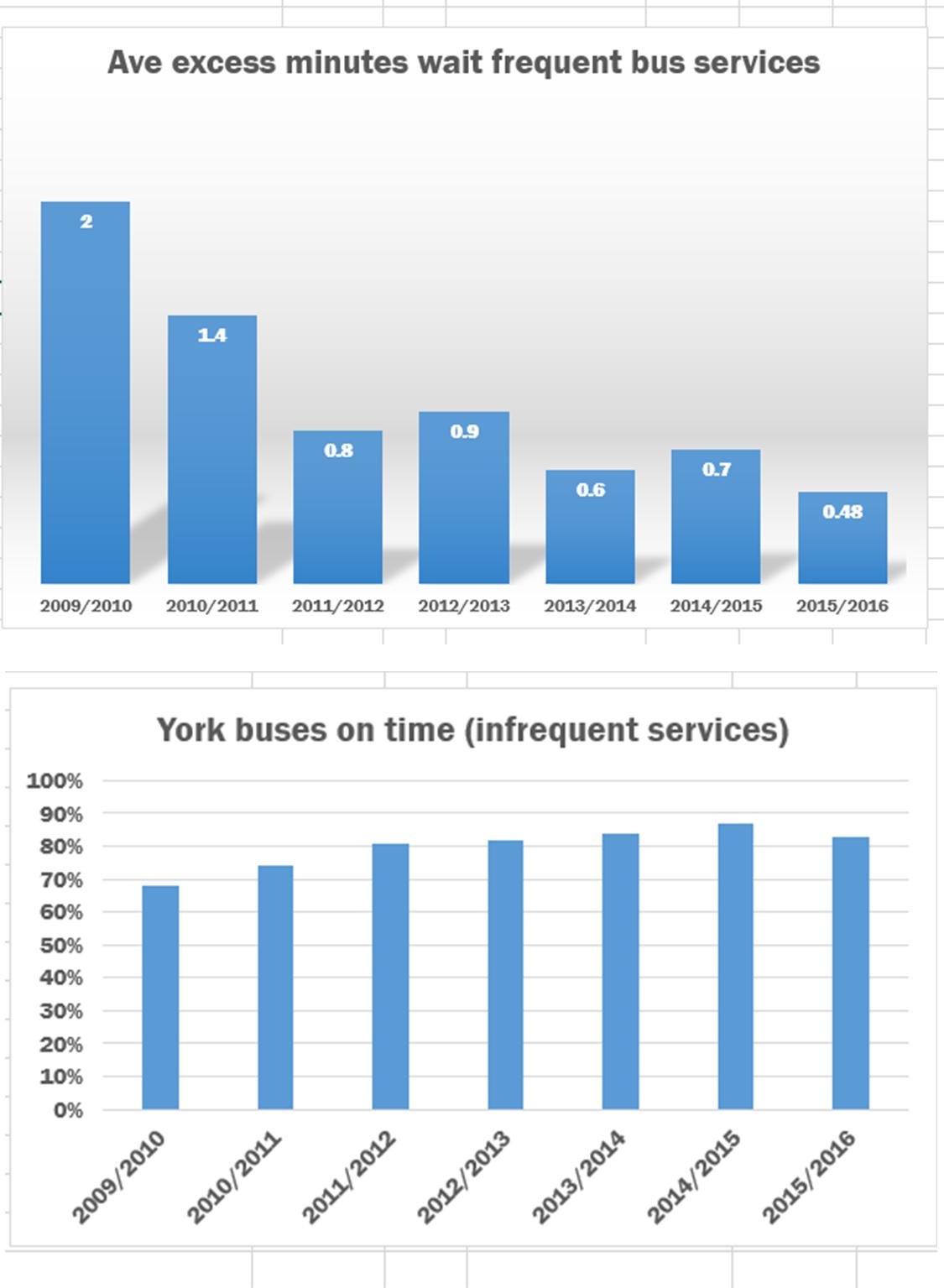
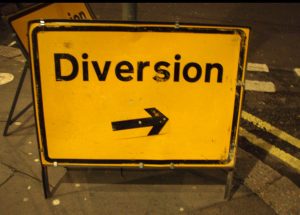 Rougier Street will be closed towards the railway station on Tuesday 1st November, from 2100 until 0600 the following morning.
Rougier Street will be closed towards the railway station on Tuesday 1st November, from 2100 until 0600 the following morning. 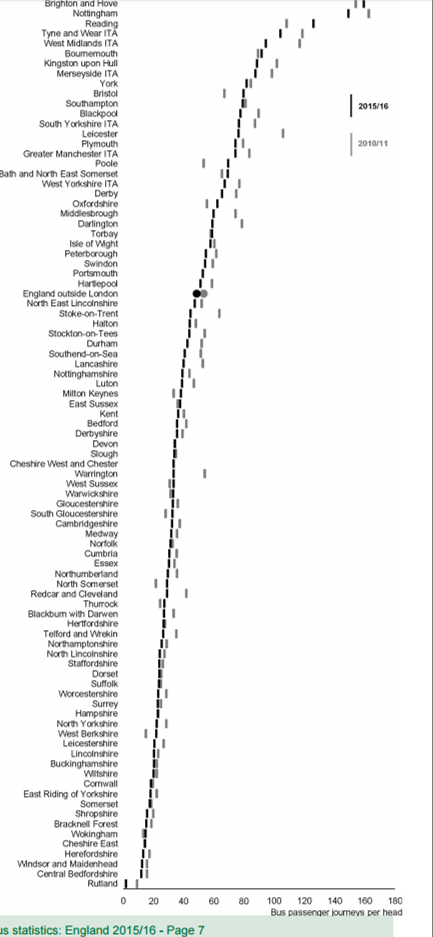

 According to government figures released today petrol prices reduced by 2.4 pence per litre whilst diesel prices were down 1.6 pence per litre.
According to government figures released today petrol prices reduced by 2.4 pence per litre whilst diesel prices were down 1.6 pence per litre. 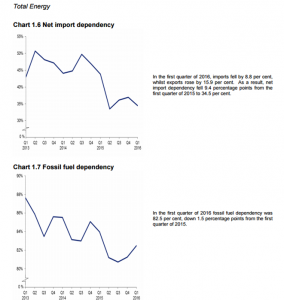
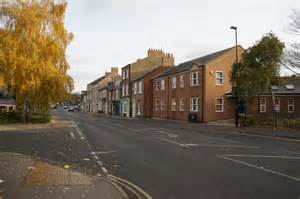
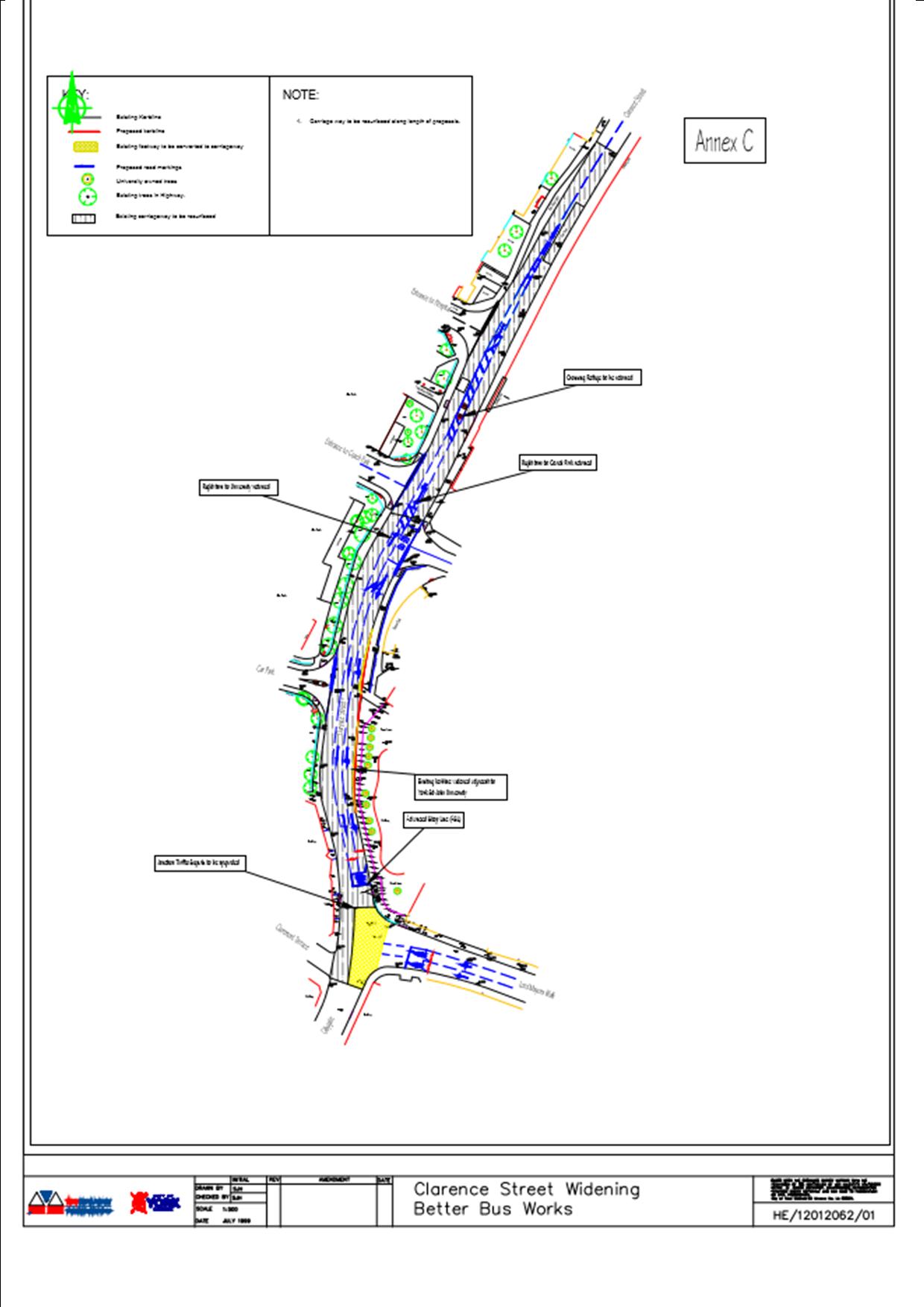
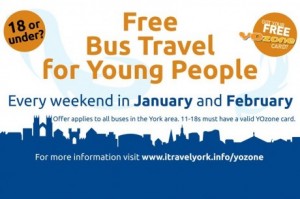 The Councils offer to provide
The Councils offer to provide 